Wir haben sie schon einmal geschlagen ... Wir werden sie wieder schlagen!
things:
Equipped with a cannon on the front and that's all
Just information source from Wikipedia
The He 280 harnessed the progress made by Hans von Ohain's novel gas turbine propulsion and by Ernst Heinkel's work on the He 178, the first jet-powered aircraft in the world. Heinkel placed great emphasis on research into high-speed flight and on the value of the jet engine; after the He 178 had met with indifference from the Reichsluftfahrtministerium (RLM) (the German Reich Aviation Ministry), the company opted to start work on producing a jet fighter during late 1939. Incorporating a pair of turbojets, for greater thrust, these were installed in a mid-wing position. It also had a then-uncommon tricycle undercarriage while the design of the fuselage was largely conventional.
During the summer of 1940, the first prototype airframe was completed; however, it was unable to proceed with powered test flights due to development difficulties with the intended engine, the HeS 8. Thus, it was initially flown as a glider until suitable engines could be made available six months later. The lack of state support delayed engine development, thus setting back work on the He 280; nevertheless, it is believed that the fighter could have been made operational earlier than the competing Messerschmitt Me 262, and offered some advantages over it. On 22 December 1942, a mock dogfight performed before RLM officials saw the He 280 demonstrate its vastly superior speed over the piston-powered Focke-Wulf Fw 190; shortly thereafter, the RLM finally opted to place an order for 20 pre-production test aircraft to precede a batch of 300 production standard aircraft.
However, engine development continued to hinder the He 280 program. During 1942, the RLM had ordered Heinkel to abandon work on both the HeS 8 and HeS 30 to focus on the HeS 011. As the HeS 011 was not expected to be available for some time, Heinkel selected the rival BMW 003 powerplant; however, this engine was also delayed. Accordingly, the second He 280 prototype was re-engined with Junkers Jumo 004s. On 27 March 1943, Erhard Milch, Inspector-General of the Luftwaffe, ordered Heinkel to abandon work on the He 280 in favour of other efforts. The reason for this cancellation has been attributed to combination of both technical and political factors; the similar role of the Me 262 was certainly influential in the decision.[2] Accordingly, only the nine test aircraft were ever built, at no point did the He 280 ever attain operational status or see active combat.[3]
I hope you enjoy!
See you in the next post!
@ItzsilverXD 2024
Specifications
General Characteristics
- Created On Android
- Wingspan 54.4ft (16.6m)
- Length 52.1ft (15.9m)
- Height 14.7ft (4.5m)
- Empty Weight 11,782lbs (5,344kg)
- Loaded Weight 19,151lbs (8,687kg)
Performance
- Power/Weight Ratio 4.576
- Wing Loading 63.1lbs/ft2 (308.2kg/m2)
- Wing Area 303.4ft2 (28.2m2)
- Drag Points 8501
Parts
- Number of Parts 122
- Control Surfaces 8
- Performance Cost 546

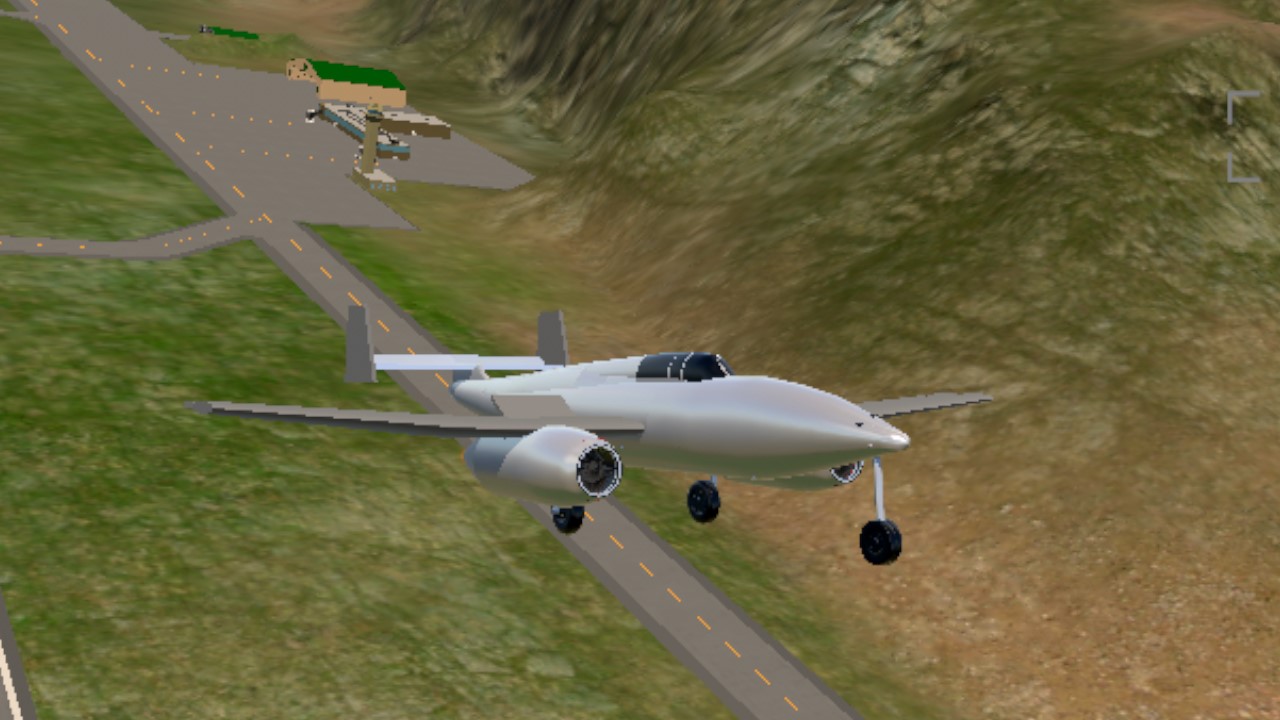
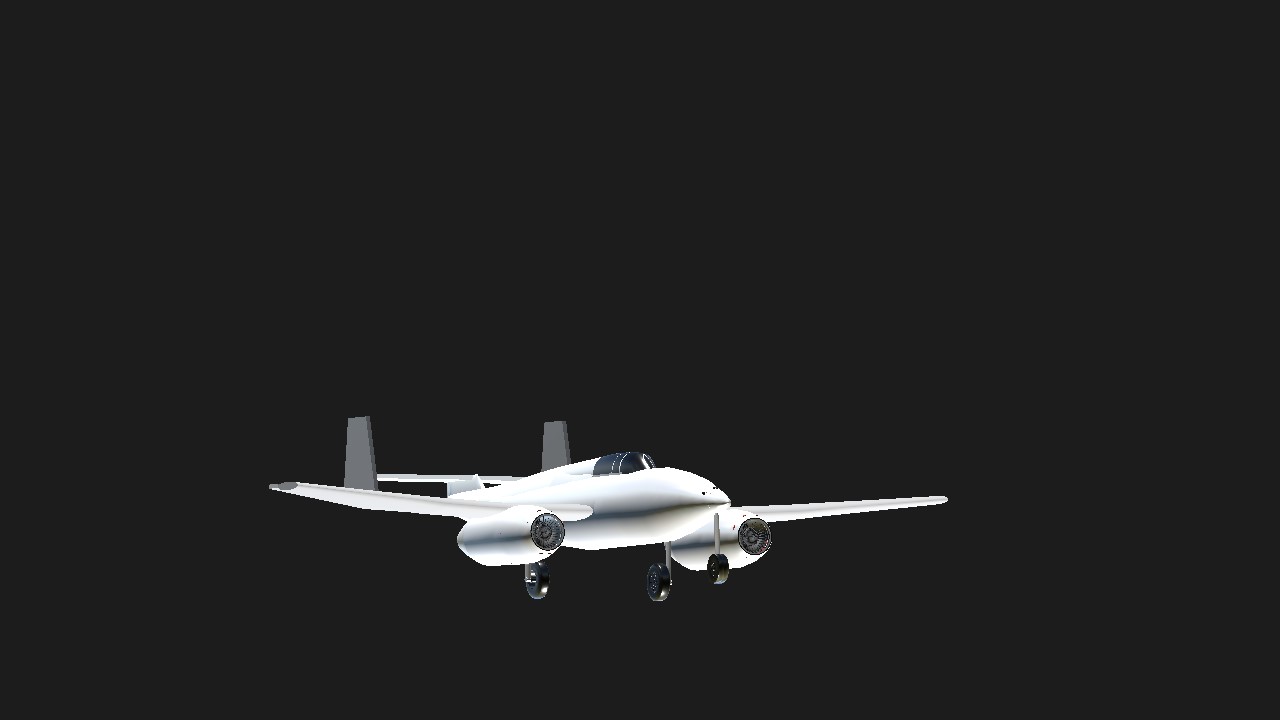
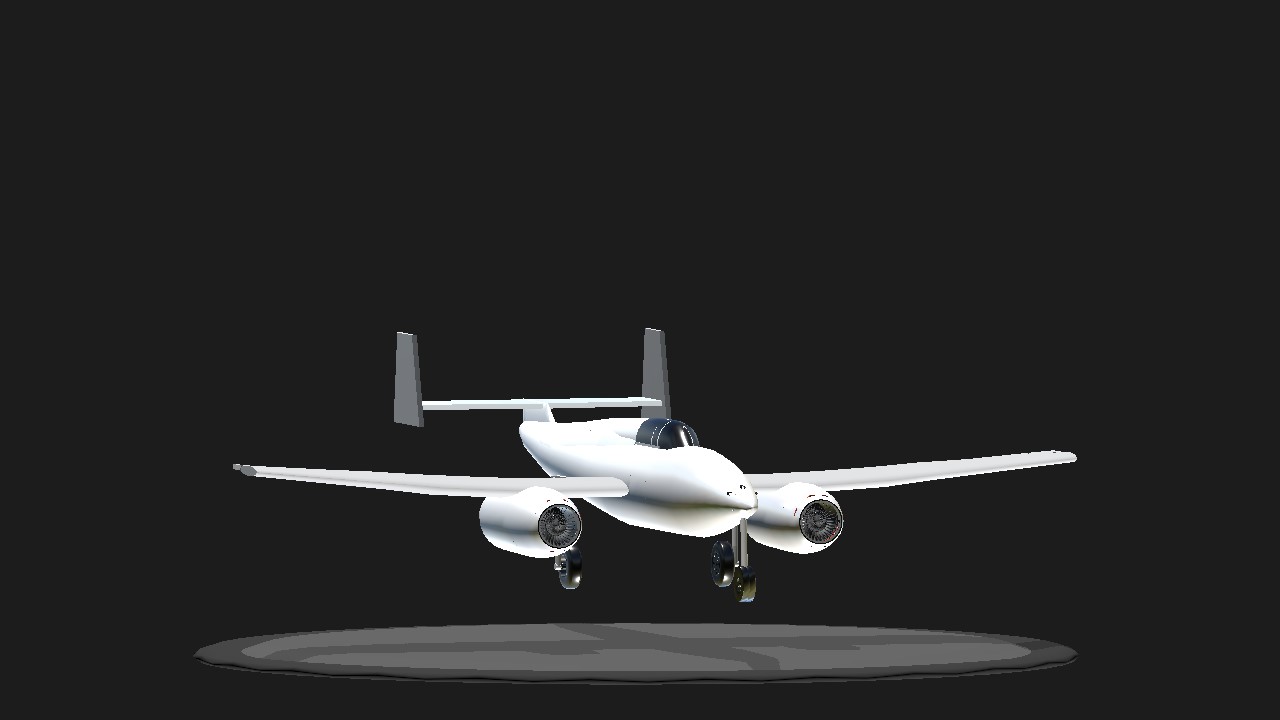
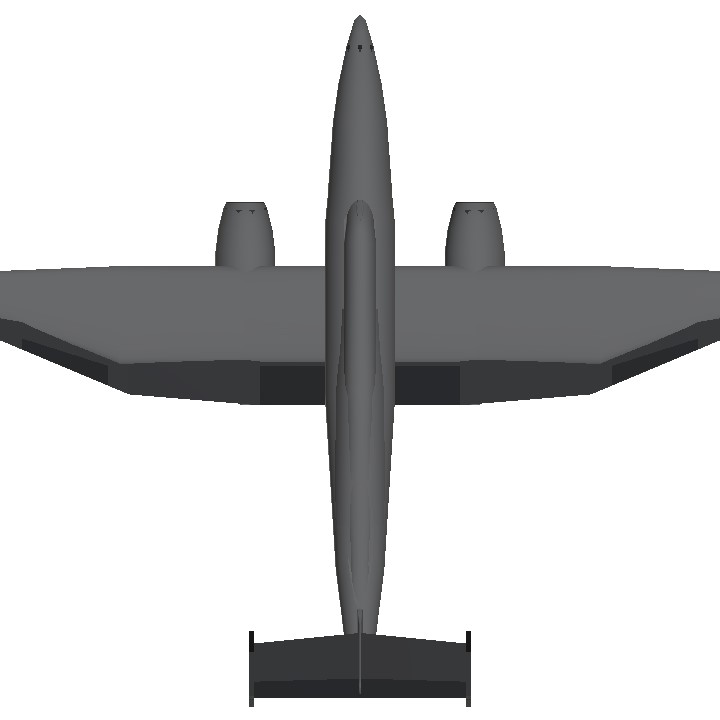
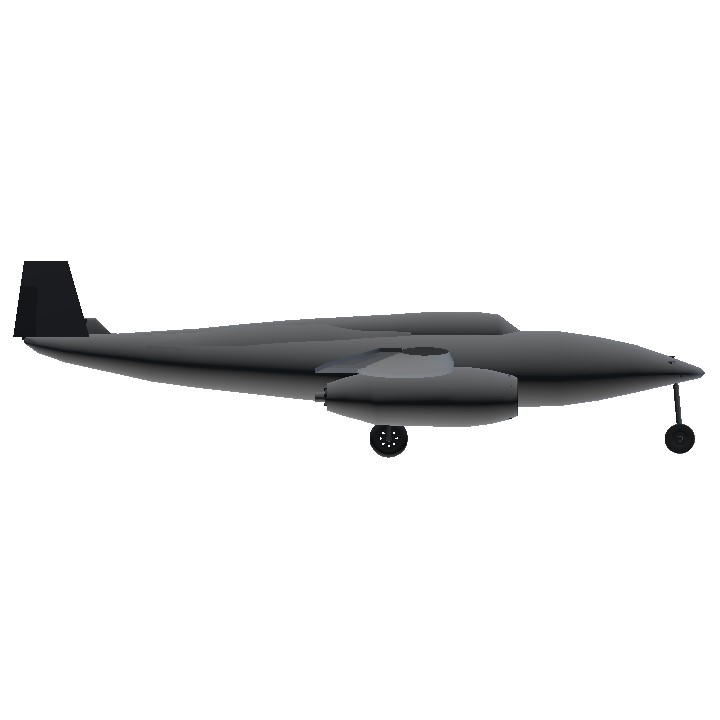
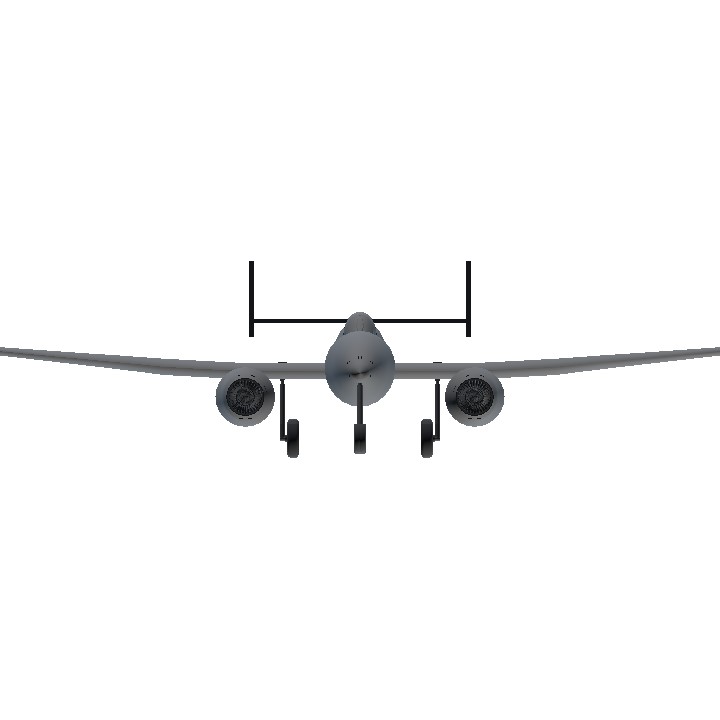
@Trainzo thanks
Nice plane .
When I have time, I will check